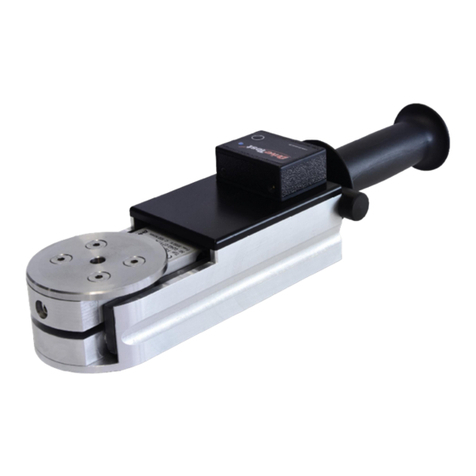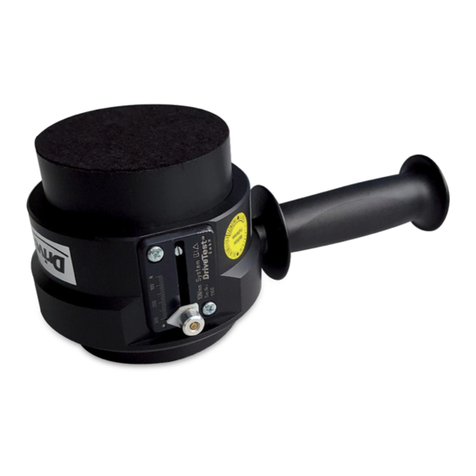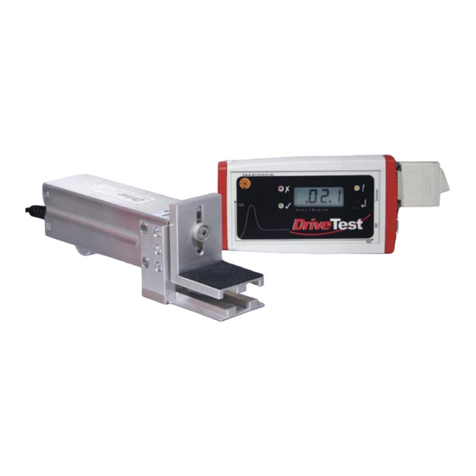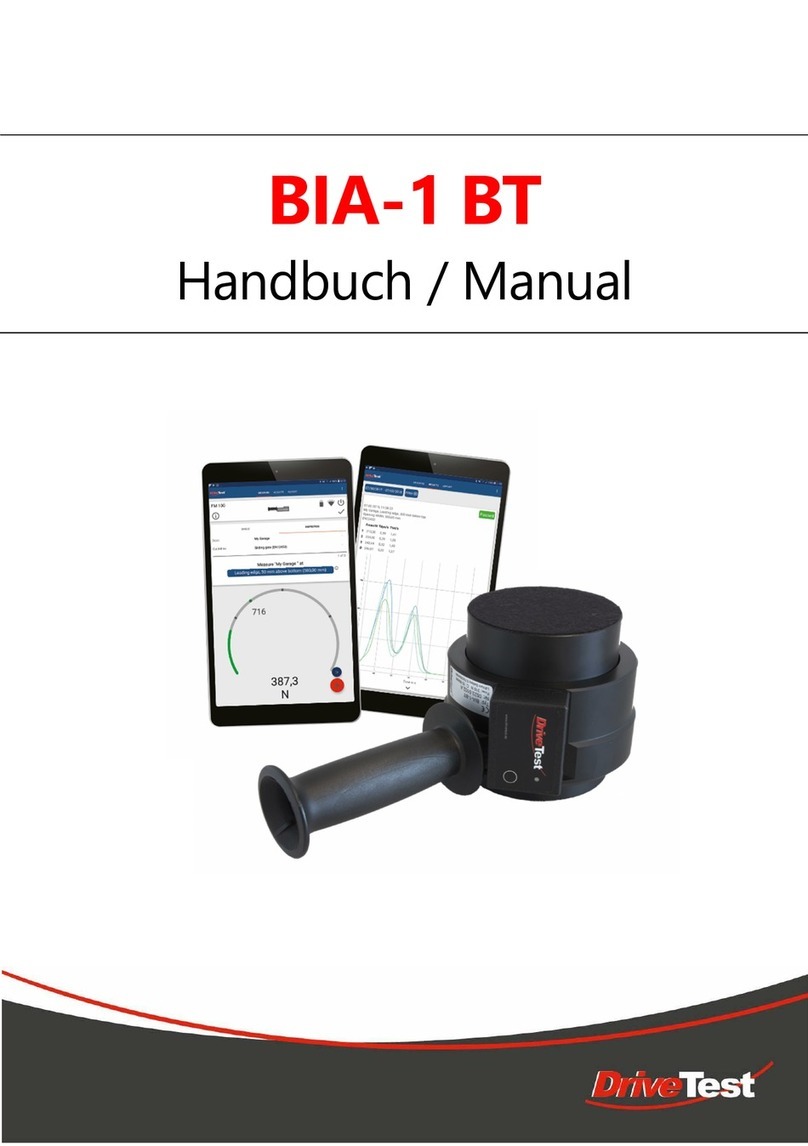Pinch Force Meter FM300BT
Version 1.5 Seite 3/23
English version
Contents
1General .......................................................................................................... 5
1.1 Scope of Application.............................................................................................. 5
1.2 Product Description................................................................................................ 5
1.3 Construction.............................................................................................................. 7
1.4 Optional Modules ................................................................................................... 8
1.4.1 Spacers ................................................................................................................... 8
1.4.2 Software ................................................................................................................. 9
1.5 Technical Specifications......................................................................................10
2Safety Instructions..................................................................................... 11
2.1 Target Group...........................................................................................................11
2.2 Transportation ........................................................................................................11
2.3 Operation .................................................................................................................12
2.3.1 Battery...................................................................................................................12
2.3.2 Risks.......................................................................................................................12
2.4 Storing .......................................................................................................................13
3Preliminary.................................................................................................. 13
3.1 Battery........................................................................................................................13
3.2 Assembly of Spacers ............................................................................................13
4Operation .................................................................................................... 13
4.1 Function Overview Android App.....................................................................14
4.2 Turning On...............................................................................................................15
4.3 Connecting...............................................................................................................15
4.3.1 Bluetooth connection .....................................................................................15
4.3.2 USB connection.................................................................................................16
4.4 Measuring ................................................................................................................16
4.4.1 Device positioning ...........................................................................................17
4.4.2 Mounting spacers ............................................................................................18
4.4.3 Start measuring.................................................................................................18
4.5 Turning Off...............................................................................................................19
4.6 Charging ...................................................................................................................19
4.7 Errors ..........................................................................................................................20

































